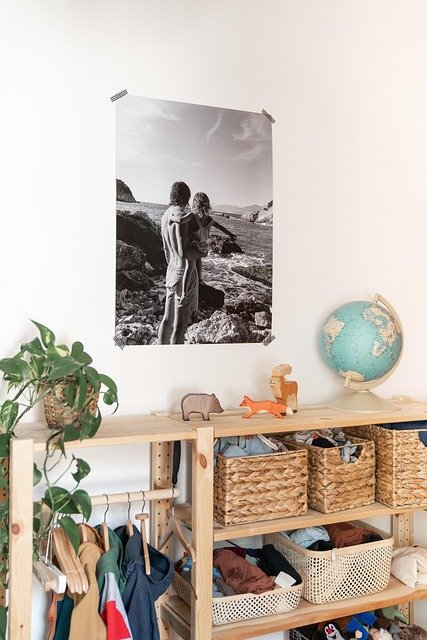Furniture choices that support adaptable social and solo moments
Creating a living space that easily shifts between lively gatherings and quiet solo time depends on intentional furniture selection and supporting design choices. This teaser outlines how seating, storage, lighting, and finishes work together to make a room practical for both conversation and solitude.

A well-designed seating area helps a room feel purposeful whether it’s hosting friends or offering a private nook for reading. Beyond purely aesthetic choices, consider how furniture scale, placement, and finish affect daily use: durable materials stand up to frequent socializing, while ergonomic shapes support longer solitary stretches. This article focuses on actionable furniture strategies tied to decor, layout, lighting, storage, and material choices that let one room perform many roles without feeling cluttered or disjointed.
How can decor and palette shape ambiance?
A considered decor approach and a coherent palette form the backdrop that makes a room adaptable. Neutral base tones provide a flexible stage for different activities; accent colors in cushions or art can quickly shift mood from energetic to serene. Focalpoint elements such as a large rug or a distinctive sofa anchor the space visually and give the eye a reference, helping small changes—new textiles or tabletop accessories—feel intentional rather than cluttered. Keep accessory scale proportional so the room can accommodate both group seating and a quiet corner without feeling visually crowded.
What layout and flow support both groups and solitude?
Designing for adaptability begins with a layout that preserves circulation and creates layered zones. Arrange primary seating around a central element—coffee table, fireplace, or media wall—then add movable pieces like stools or accent chairs that can be reconfigured. Floating furniture away from walls opens pathways and forms intimate conversation clusters while leaving room for a solitary armchair and side table in a quieter corner. Prioritize flow between entry points and circulation paths so furniture rearrangement for gatherings is quick and intuitive.
How does lighting influence adaptability and ambiance?
Layered lighting is essential to switch between social and solo states. Bright overhead lighting suits activities and cleaning, while task lamps and floor lights create pockets of warmth for reading or relaxed conversation. Dimmable fixtures allow you to lower intensity for intimate evenings without altering the furniture plan. Portable lamps and adjustable shades offer flexibility, enabling you to rezone illumination as seating shifts. Consider color temperature: warmer bulbs tend to feel cozier, while cooler light improves visual clarity for hobbies or work.
How do storage and organization enhance adaptability?
Storage solutions keep multiuse rooms functional by reducing visual clutter and making transitions smooth. Upholstered ottomans with hidden compartments, shelving with baskets, and media consoles with concealed wiring enable rapid changes from gathering setup to quiet retreat. Place storage near seating zones for easy access to blankets, games, or reading materials. Thoughtful organization preserves flow, helps maintain the room’s focalpoint, and makes cleaning before guests arrive less of a chore.
Why choose modular pieces, materials, and ergonomic furniture?
Modular furniture—sectionals with reconfigurable components or stackable stools—lets the room respond to varying numbers and activities. Choose materials that balance comfort with durability: performance textiles resist stains in high-traffic settings, and solid frames provide long-term stability. Ergonomics are important for both social and solitary use; seat height, cushion density, and lumbar support determine how inviting furniture feels for extended conversation or solitary tasks. A mix of supportive chairs and softer loungers accommodates different body types and preferences.
How do textiles, acoustics, and greenery contribute?
Soft textiles improve acoustics and tactile comfort, making conversations clearer and solitary moments more pleasant. Layered rugs define gathering areas and reduce echo, while curtains and upholstered surfaces dampen noise for a calmer atmosphere. Throws and cushions add immediate comfort and are easy to swap for seasonal shifts in palette. Introducing greenery—potted plants or low-maintenance species—softens hard edges, creates a natural focalpoint, and contributes to a restorative ambiance that suits both social and solo activities.
Conclusion Designing furniture around adaptability requires balancing visual cohesion with practical flexibility. A unified palette and purposeful focalpoint guide the eye, flexible layouts and modular seating adjust to group size, layered lighting and strategic storage simplify transitions, and material choices plus ergonomic design ensure comfort. When textiles, acoustics, and greenery are used thoughtfully, the room supports lively conversation and quiet reflection without compromise.





